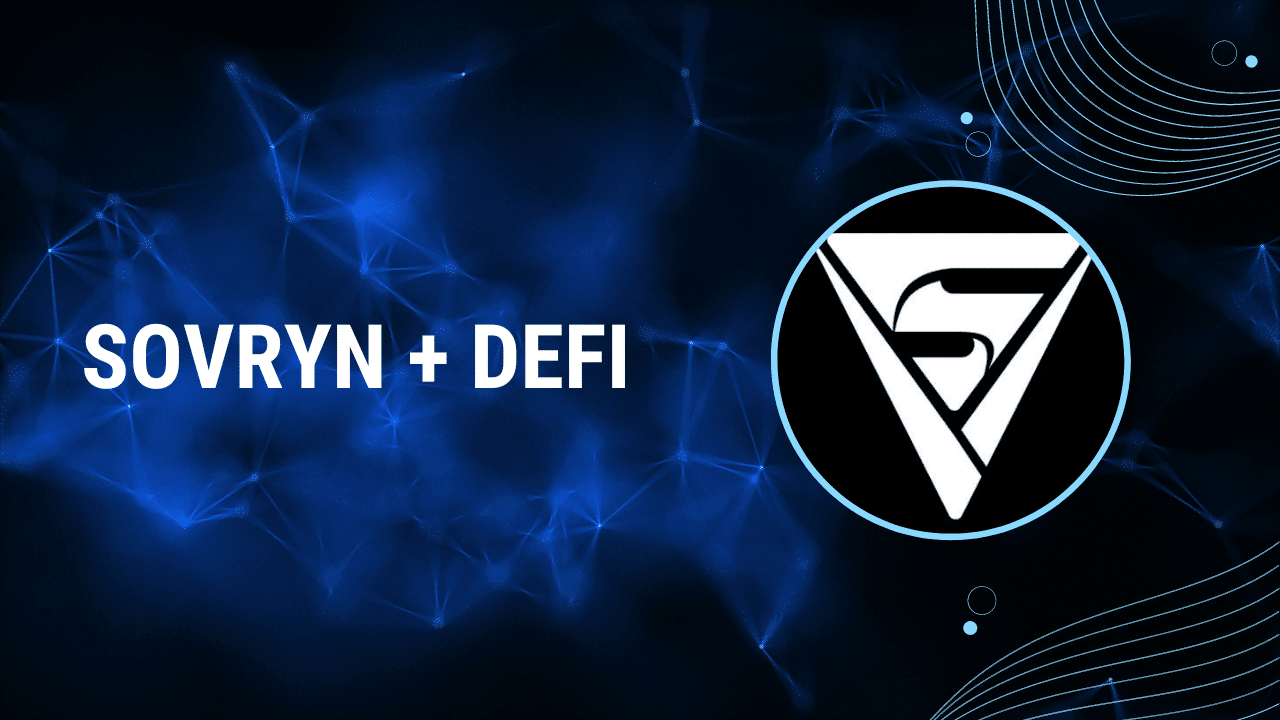Contents
|
|
Yearn.finance (or Yearn/Yearn Finance) is undoubtedly one of the most popular projects in the decentralized finance (DeFi) space, aside from Uniswap. At its peak in the summer, the price of Yearn.finance’s native token YFI hit $44,000 and the total value locked in the protocol eclipsed $1 billion.
Many outside of the DeFi space have wondered what Yearn.finance and YFI is about. Here’s more on that.
Contents
The Many Faces of Yearn finance
Yearn.finance is rapidly evolving into a full-stack, Ethereum-based DeFi protocol with a series of products and sub-tokens. But at its core, it is a yield aggregator.
Although yield farming has gained much traction, there remain many that lack the expertise and time to involve themselves in this sometimes-complicated space.
A CoinGecko survey of crypto investors found that 40% of “yield farmers,” as DeFi users have branded themselves, do “not know how to read smart contracts and the associated risks.” Also, 52% of farmers put up “less than $1,000 in capital” to farm with.
There are two issues here: 1) those that are using DeFi on their own are seeing their profits being eaten at by transaction fees, and 2) many existing yield farmers do not know how to properly assess the risks in using smart contracts.
Yearn.finance solves these issues and more through its core products, Vaults and Earn.
Earn is a product focused on stablecoins. Users can deposit stablecoins or other supported cryptocurrencies into a pool. The funds in that pool are then switched between top lending protocols to maximize returns.
Vaults takes a more nuanced approach. While similar in concept, Vaults supports a wider range of cryptocurrencies and uses more complex yield farming “strategies” to earn yields for users.
The idea with both Vaults and Earn is to pool funds to accomplish a number of tasks.
Firstly, by pooling and farming with a single collection of funds, transaction fees can be greatly reduced. In times of high transaction fees, it can easily cost a user an average of $50-100 (and lots of time) to actively maintain a yield farm. Secondly, by having formal strategies, the risk for the end-user is greatly reduced as Yearn.finance’s developers vet the contracts they are using.
While Earn has seen little development, Vaults remain the focus of Yearn.finance. The protocol’s developers are actively developing new strategies for existing Vaults and Vaults for new cryptocurrencies that can be yield farmed with.
The exact mechanics of Vaults are a bit complicated but here’s a condensed version:
- Take a cryptocurrency supported by Vaults (most often a stablecoin or popular cryptocurrency like Ethereum).
- Deposit it into the respective Yearn.finance Vault, receive a Vault deposit token in return.
- Your Vault deposit token grows in value over time as the yield farming strategy operates.
- You can withdraw at any time, though you may incur a 0.5% withdrawal fee. Profits are also taxed at a slight rate to pay developers.
Of note, Yearn.finance is far from the only yield aggregator in the Ethereum DeFi space.
What sets Yearn.finance apart is that it opts for a “slow and steady wins the race” type approach, opting for security, sustainable yields, and backtesting over rapidly switching between strategies and risk some vulnerabilities.
To name another aggregator, Harvest Finance suffered a slippage bug that allowed an unnamed attacker to drain $33 million from the protocol.
Developers are currently at work on Yearn Vaults v2, which will involve multiple strategies for pools, will remove withdrawals fees, among a series of other important improvements. A key issue that v2 will solve is Yearn.finance’s Vaults becoming so big that by using a strategy, it automatically greatly reduces the yields that are possible. By using multiple strategies, this can be mitigated.
Expansion Into New Arenas
Yearn.finance is expanding into new areas after its immense success with its Vaults, which have garnered hundreds of millions of dollars worth of deposits.
First and foremost, work is being done on yInsure/Cover, a new product that will give DeFi users a chance to obtain insurance on their deposits into protocols. As DeFi is an area filled with a number of risks (economic risk, hack risk, liquidation risk, etc.), insurance is crucial in giving users peace of mind.
Currently in beta, Cover gives users the ability to obtain insurance on a number of top DeFi protocols. The insurance is underwritten by Nexus Mutual, a decentralized mutual based on Ethereum. Those that provide cover within the protocol can vote on whether an insurance claim is valid, and they also get the right to earn premiums paid by users of the protocol.
Cover is the beta Yearn.finance product that is furthest along in development.
Secondly, Zap allows users to “zap” stablecoins into Curve liquidity provider tokens and Curve liquidity provider tokens into stablecoins. The process of doing this manually can be quite tedious for those without technical knowledge or the patience to use Curve’s sometimes-confusing interface.
There are a number of other projects that are early in the works, including yBorrow, ySwap, yTrade, Liquidity Basic Income, and StableCredit. Each of these products is attempting to adapt to and improve on leading DeFi use cases that existing protocols like Aave and Uniswap solve.
ySwap, for one, is an automated market maker or decentralized exchange that is trying to enable single-sided pools to mitigate impermanent loss. One of the key issues with automated market makers right now is that to trade, there must be a set coin on the other side of that trade. Also, those that provide liquidity to be traded must realize that losses can be incurred if volatility takes place. ySwap is looking to solve both of these problems.
Keep3r Network and Eminence Finance are also being worked on by Yearn.finance developers, though they are not under the project’s umbrella and they aren’t exclusively DeFi-related. Keep3r Network is a decentralized network for on-chain jobs, and Eminence Finance is an Ethereum-based video game.
BlockGeeks will update this blog post in the future with the new products and sub-tokens that Yearn.finance’s developers are working on.
Meet YFI
Core to Yearn.finance’s growth and awareness was the introduction of YFI in July.
In a blog post, Yearn.finance founder Andre Cronje revealed that the project would be getting its own token called YFI. The blog post specifically said that the coin would have no intrinsic value. It could be farmed by providing liquidity to the protocol or by adding coins and DAI or yUSD to a trading pool on Balancer.
YFI was launched to be the governance coin of the Yearn.finance protocol, meaning that those that hold it could collectively decide how the protocol should be developed, what should be implemented, etc.
The idea was that those that use the protocol should be able to govern it as well. At the time, for context, Cronje was the only developer of the project.
Since YFI’s launch, it has become a phenomenon in that the coin traded as high as $44,000 in late August, a price over 1,000,000% higher than the launch price near $3. YFI has also become a cash-yielding asset, as those that hold the coin can stake it and earn a regular return paid in yUSD.
YFI holders regularly convene online through a forum and through social media channels to vote on proposals that determine the future of the protocol.
Not Without Controversy
While YFI’s launch, distribution, and growth have been celebrated, it and Yearn.finance as a whole are not without controversy.
To touch on the comment earlier about security, Yearn.finance has had a number of security scares. Unlike Harvest and other exploited projects though, the flaws were not exploited by an attacker prior to them being disclosed.
Another controversy is related to its founder, South African developer Andre Cronje. Cronje launched Yearn.finance (first called iearn.finance) alone in February after he noticed inconsistencies in yields offered in the DeFi space. While Cronje says he was not in the right place, on two occasions he has told news outlets in the space that he doesn’t want to continue working in DeFi, or at least not in the way he did before. This caused strong drops in the price of YFI.
Finally, some fear that with a hard cap of 30,000 YFI tokens, there may be misaligned incentives within the YFI ecosystem to develop the protocol any further. With a lack of YFI coins to go around, developers that may want to work on Yearn.finance cannot get paid in or likely to do not own YFI, meaning incentives are automatically misaligned with the protocol. There are also fears that not enough fees can be generated by the protocol to build out an ample team.
The Y-Token Phenomenon
To step back and look at the effect of Yearn.finance on DeFi as a whole, YFI’s success spawned a series of forks that tried to leverage the “Y” or “YF” branding to their advantage. Some of these forks were also yield aggregators, but many of these forks were just vanilla tokens that attempted to scam their users by leveraging the goodwill that the Ethereum community had put in Yearn.finance.
More importantly, though, the launch of YFI marked the start of more fair token distributions.
Where a majority of projects launched before mid-2020 used initial coin offerings to distribute tokens, Yearn.finance allowed users of the protocol to earn a token based on the liquidity they provided. This distribution mechanism enabled a community to rapidly build around the project, as every user has the same ability to influence the project and earn their stake.









